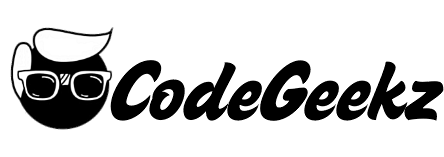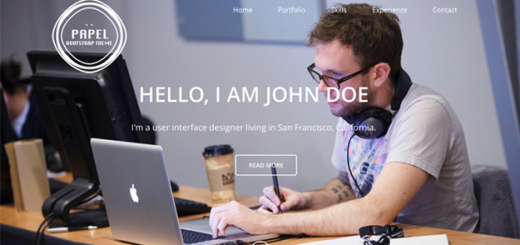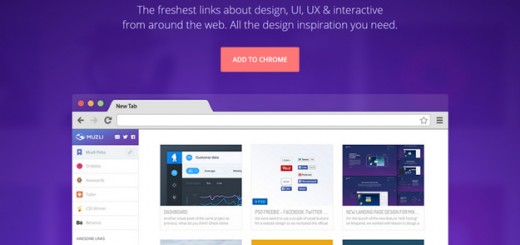This looks like a rhetorical question. No?
Not for everyone, unfortunately. Many founders still overlook the value of user interface (UI) and user experience (UX) design for their product development. However, its role can be compared to that of the railroad. With the most cutting-edge engine and body construction, a train will hardly get to the destination without rails.
Underestimation of the role of UI/UX for startups is one of the key reasons why only 10% of them succeed on the market. Of course, other reasons such as financial problems, tough competition, or poor marketing, also contribute to such drastic statistics. Yet all these issues are dwarfed by the lack of proper UX research and user-centered design.
UX design is exactly the realm that lays a solid foundation for the viability and feasibility of your project. It gets in touch with the markets, stakeholders, and users, reveals their actual tendencies, and then brings bridges between your cherished concept and the real world.
So, what exactly a UX designer can do for your business, that nobody else is ever going to do?

1. Market Pull
Weak market demand is one of the key reasons why so many startups fail to keep up.
What do your customers need to get from your project? Do they need it at all? UX design is primarily responsible for answering these foundational questions. It starts with a market analysis and user testing, to find out whether your intended product or service makes any match to the user’s needs and expectations.
In particular, in a well-organized UX process, designers come into contact with real people from a focus group. They conduct sociological surveys and interviews, to reveal actual demands and concerns of potential customers about the
problem you are going to solve.
UX design is also in charge of the market research, revealing the overall state of the field, offerings, and gaps already present in the market niche. In so doing, it is capable to identify your starting point at the market entry, and what can be done to improve them at different stages of the product development.
Among other things, this function of UX specialists implies the necessity to employ it since the first days of your entrepreneurship. UX design can be compared to pouring a foundation for a new building. If it is not properly done, you may be forced to demolish the entire construction later, however beautiful and costly a superstructure is.
2. Competitive Analysis
Although you may have business analysts engaged with this issue. But they can never displace UX designers in neutralizing threats from your competitors on the market.
Data analysis shows what other market players have, as well as what are their strengths and weaknesses compared to your product. At its best, it can even reveal and synthesize information on what the customers of other platforms are most satisfied (as well as dissatisfied) with, to use it for enhancing your competitive edges.
However, a professional UX design team goes further (much further!) than that.
To begin with, it does not limit itself to reviewing customer feedback and metrics on the Web. UX designers get in touch with clients in live sessions, focus groups, guided usability studies, in-depth interviews, and other forms of direct communication. This allows seeing the strengths and weaknesses of the key market players on an incomparably deeper level.
Moreover, UX specialists immediately see how every piece of the competitive analysis data can be immediately incorporated into ready-made design solutions. After years of experience with different digital systems, such solutions are usually the most efficient, optimal, and practically verified. Even the best business analysis alone would not grant you such a favor.
3. User Experience. Literally
Whatever kind of business you develop, your customers are always real people with specific patterns of thinking and behavior. The more intuitive and simple the product is, the more willing they will be to use it.
When a client has an opportunity to choose between dozens of offers on the market, with apparently similar functions, features, and prices, what would make a decisive factor in their decision-making? Convenience and pleasure from interaction with the technology. In a word, it is called customer satisfaction, which in turn converts into customer loyalty. This factor determines everything in the success of your business, from great conversion to high retention and overall sales growth.
Product design agency possesses the entire spectrum of tools and practices, starting from user research and ending with cutting-edge user-centered design solutions, to ensure that your product is user-centered.
Taking into account the science of human psychology, UX specialists create, repeatedly test, and then perfect user flows, wireframes and prototypes, until the technology works with its greatest capacity.
4. Customization
It is not enough to make the product fully comfortable and user-friendly for a customer. It is imperative that it reaches and works for your particular customer. This is where UX design is irreplaceable again.
For instance, if you are a blockchain startup creating a decentralized and highly secured financial ecosystem. Then you absolutely need to make your offer visible and understandable to your specific target clients, as well as resonant with their pain points.
In this particular example, your audience may be crypto-investors and business owners interested in enhanced privacy and optimization of the transaction costs. How do UX designers resolve this problem?
– first, they create buyer personas, i.e profiles of your ideal customers, describing their habits, needs, and problems in correlation with your project;
– second, they develop user scenarios and customer journey maps, outlining how a client may work their way from their initial scarcity to using your product to fulfill it;
– finally, UX experts identify challenges, difficulties, and questions that may emerge at each stage of the customer journey, in order to anticipate and resolve them all in advance.
What is the result of this work, if done properly? This is a fluent, appealing, and almost instant processing from landing at your platform to the main conversion, i.e. purchase. No questions asked!
Conclusion
Any product is a priory created for people. It is intended to resolve a particular problem, to meet a certain need, or to optimize an aspect of life. However, even the most forward-looking concept may radically differ from the real needs and cognitive patterns of users. That is why, if you launch a startup based on your personal vision of what is in demand and how it should be done, you are finished.
UX design is the only way to ensure that your project is relevant and feasible. Beginning with the market and user research, competitive analysis, and preliminary usability studies, it then proceeds to design solutions leading to the most user-centered and customized technology.
You can get more information about UX design, and explore the case studies of its successful implementation in our blog at https://cieden.com/.



